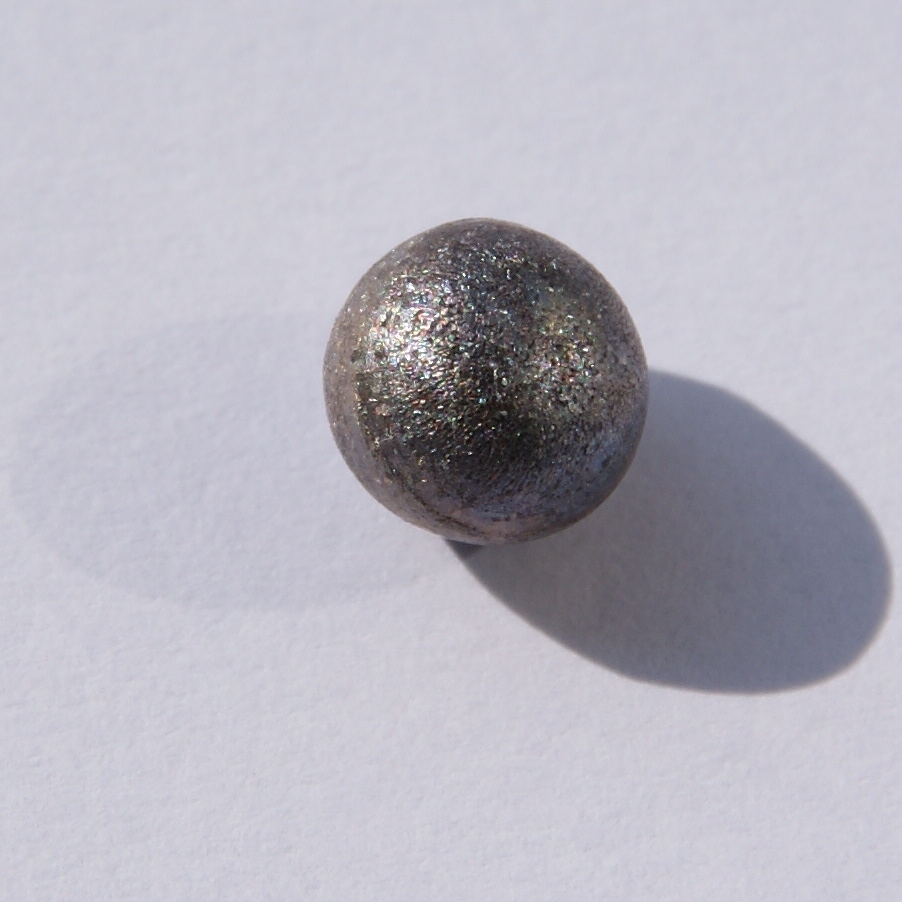Niobium
41
Nb
Group
5
Period
5
Block
d
Protons
Electrons
Neutrons
41
41
52
General Properties
Atomic Number
41
Atomic Weight
92.90638
Mass Number
93
Category
Transition metals
Color
Gray
Radioactive
No
Named after Niobe, the daughter of Tantalu
Crystal Structure
Body Centered Cubic
History
Niobium was discovered by the English chemist Charles Hatchett in 1801 and named the new element columbium.
In 1846, German chemist Henrich Rose independently discovered the element and named it niobium.
The metal was first isolated by Swedish scientist Christian Wilhelm Blomstrand in 1864 who reduced the chloride by heating it in a hydrogen atmosphere.
In 1846, German chemist Henrich Rose independently discovered the element and named it niobium.
The metal was first isolated by Swedish scientist Christian Wilhelm Blomstrand in 1864 who reduced the chloride by heating it in a hydrogen atmosphere.
Electrons per shell
2, 8, 18, 12, 1
Electron Configuration
[Kr] 4d4 5s1
Brazil is the leading producer of niobium
Physical Properties
Phase
Solid
Density
8.57 g/cm3
Melting Point
2750.15 K | 2477 °C | 4490.6 °F
Boiling Point
5017.15 K | 4744 °C | 8571.2 °F
Heat of Fusion
26.8 kJ/mol
Heat of Vaporization
690 kJ/mol
Specific Heat Capacity
0.265 J/g·K
Abundance in Earth's crust
0.0017%
Abundance in Universe
2×10-7%

CAS Number
7440-03-1
PubChem CID Number
23936
Atomic Properties
Atomic Radius
146 pm
Covalent Radius
164 pm
Electronegativity
1.6 (Pauling scale)
Ionization Potential
6.7589 eV
Atomic Volume
10.87 cm3/mol
Thermal Conductivity
0.537 W/cm·K
Oxidation States
-1, 2, 3, 4, 5
Applications
Niobium is used in arc-welding rods for stabilized grades of stainless steel.
Niobium alloys are strong and are often used in pipeline construction.
The metal is used in superalloys for jet engines and heat resistant equipment.
Niobium is found in many medical devices such as pacemakers.
Niobium alloys are strong and are often used in pipeline construction.
The metal is used in superalloys for jet engines and heat resistant equipment.
Niobium is found in many medical devices such as pacemakers.
Some niobium compounds are highly toxic
Isotopes
Stable Isotopes
93NbUnstable Isotopes
81Nb, 82Nb, 83Nb, 84Nb, 85Nb, 86Nb, 87Nb, 88Nb, 89Nb, 90Nb, 91Nb, 92Nb, 94Nb, 95Nb, 96Nb, 97Nb, 98Nb, 99Nb, 100Nb, 101Nb, 102Nb, 103Nb, 104Nb, 105Nb, 106Nb, 107Nb, 108Nb, 109Nb, 110Nb, 111Nb, 112Nb, 113Nb